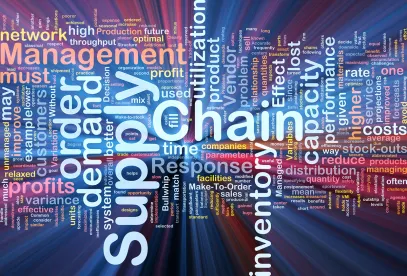Since the beginning of the pandemic, supply chain issues have has an impact on every aspect of consumers’ lives. The supply chain breakdown has also severely affected the residential construction industry, from the procurement of lumber and structural steel to obtaining computer chips used in HVAC systems and other electronic components. Coupled with shipping delays, labor shortages and rising costs only add to the uncertainty in price and timing that is now common in construction projects.
The construction lending business relies on borrowers and contractors working together to meet timing and pricing deadlines set forth in their loan agreements. Failure to meet those deadlines will generally trigger a default under the terms of the loan documents. Most of those loan agreement and construction mortgage templates were drafted pre-pandemic and do not contemplate the impact of substantial delays in construction due to supply chain issues.
Construction loan defaults on the rise
Supply chain issues have created a large number of defaults in the construction lending industry. A construction loan that is in default before completion puts the lender and borrower in a precarious position for a variety of reasons. Most construction loans do not allow for subsequent draws after the loan is in default, and the lender is forced to examine whether or not to foreclose on a partially completed project, attempt to modify the loan documents with the borrower, or waive the default by the borrower, permanently or temporarily.
Moreover, a default that occurs in a rising interest rate environment will likely require the borrower to refinance the loan at a higher interest rate.
The new, and challenging environment for construction lenders requires a proactive, hands-on approach to best mitigate risk and exposure to lenders. Lenders should consider working closely with their legal advisers to consider a review of their underwriting, documentation and servicing of construction loans, including:
-
Reviewing existing template loan agreements and mortgages to determine if they meet the risk profile of the lending institution given the current, and expected construction environment.
-
Reviewing existing construction loan portfolio for loans that are currently in default for failure to meet deadlines set forth in the loan agreements.
-
Developing an outreach program for borrowers in jeopardy of defaulting on their construction loan.
-
Developing or modifying an existing construction mortgage modification program to contemplate the current market factors.
It is imperative that construction lenders adapt to the changing market conditions to best protect themselves, to better serve their borrowers and to set themselves apart from institutions that continue to lend and service loans using procedures established in a pre-pandemic environment. Lenders must be proactive to identify an appropriate outreach to borrowers and a mortgage modification program that best fits their unique circumstance.







 />i
/>i

